
AeroGenie — ваш интеллектуальный второй пилот.
В тренде
Categories
Sean Duffy Discusses Airline Use of AI in Pricing

Sean Duffy Raises Concerns Over Airlines’ Use of AI in Ticket Pricing
Transportation Secretary Sean Duffy expressed apprehension on Tuesday regarding the potential use of artificial intelligence by airlines to set personalized ticket prices. Speaking at a news conference, Duffy highlighted the possibility of regulatory intervention should investigations confirm that carriers are employing AI to tailor prices based on individual customer data, such as income levels.
Duffy’s comments came amid scrutiny of Delta Air Lines and other carriers for their partnerships with AI pricing firms, notably Delta’s collaboration with Fetcherr. The airline has faced questions from U.S. lawmakers about its plans to expand AI-driven revenue management technologies. While Delta has denied using AI to determine prices based on personal information, Duffy indicated that the Department of Transportation would take the airline’s assurances at face value but remain vigilant. He emphasized that any attempt to use AI for individualized pricing would prompt strong regulatory engagement.
Industry Response and Regulatory Implications
The increasing adoption of AI in airline pricing has raised significant concerns related to privacy, transparency, and the potential for discriminatory practices. Consumer skepticism has grown, with many travelers wary of opaque algorithms that could result in unfair pricing. Regulatory bodies are intensifying their examination of AI-driven pricing models to ensure they do not produce unjust outcomes for passengers.
Within the industry, competitors are also exploring AI-based pricing strategies but are seeking to implement them with ethical considerations and greater transparency to mitigate public backlash. Delta’s recent statements reflect a commitment to harnessing AI for competitive advantage while asserting that it does not use personal data to target individual customers.
As airlines continue to balance technological innovation with consumer trust, Secretary Duffy’s remarks underscore the critical role of regulatory oversight and the need for transparency in the evolving domain of AI-powered ticket pricing.
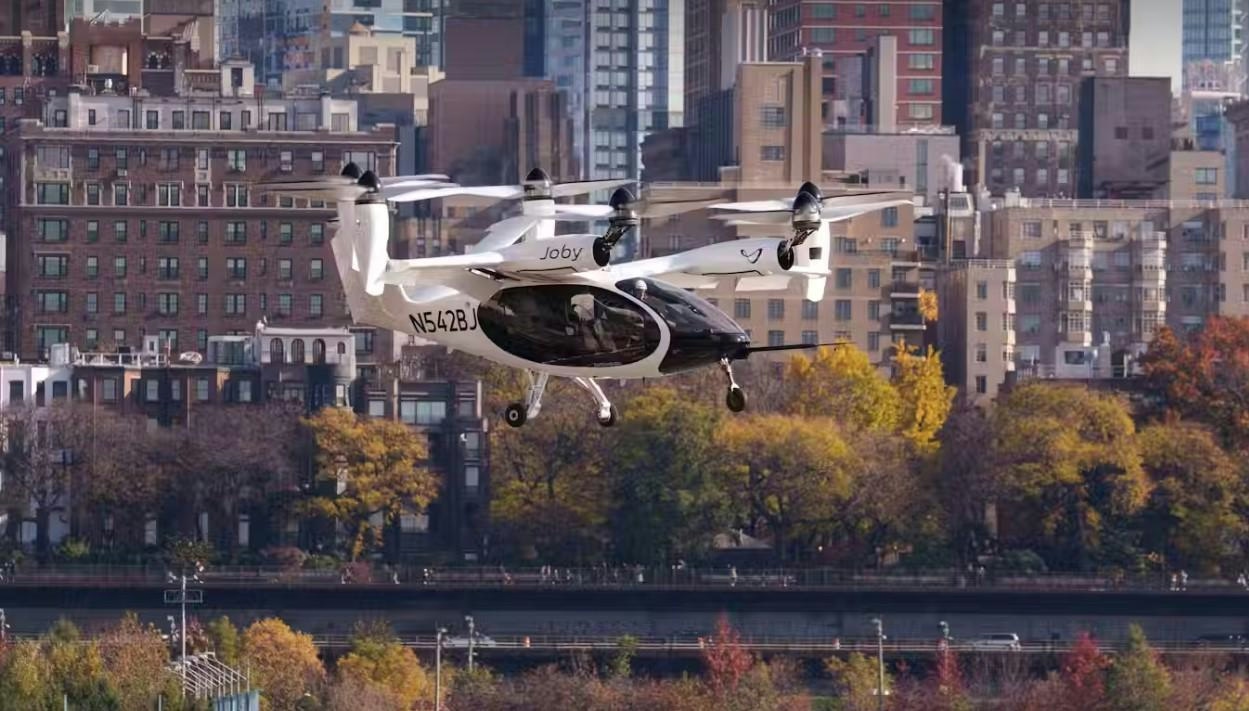
Skyportz Unveils Modular Vertipad Prototype to Advance Air Mobility Infrastructure
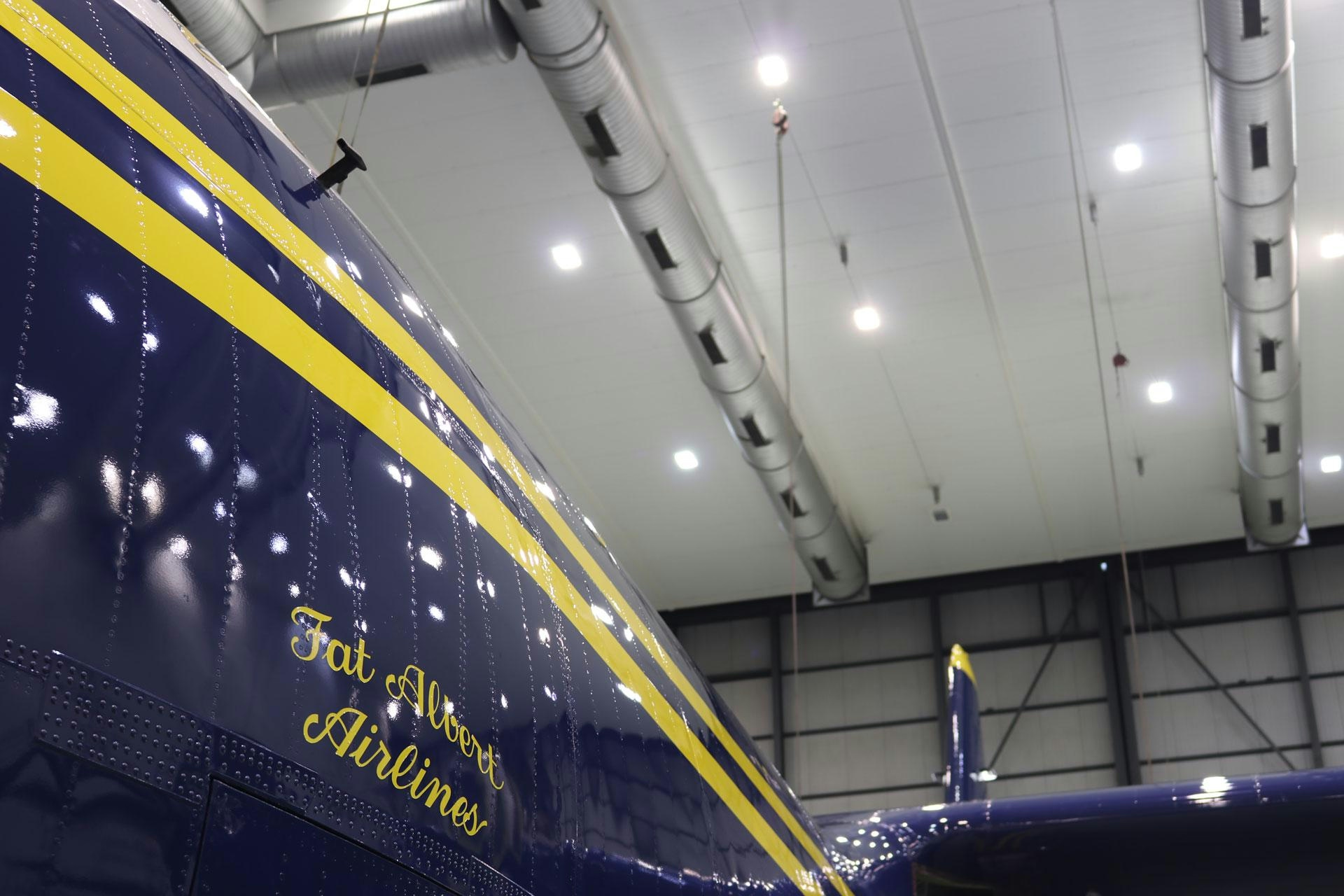
Blue Angels’ ‘Fat Albert’ Undergoes Overhaul in the U.K.
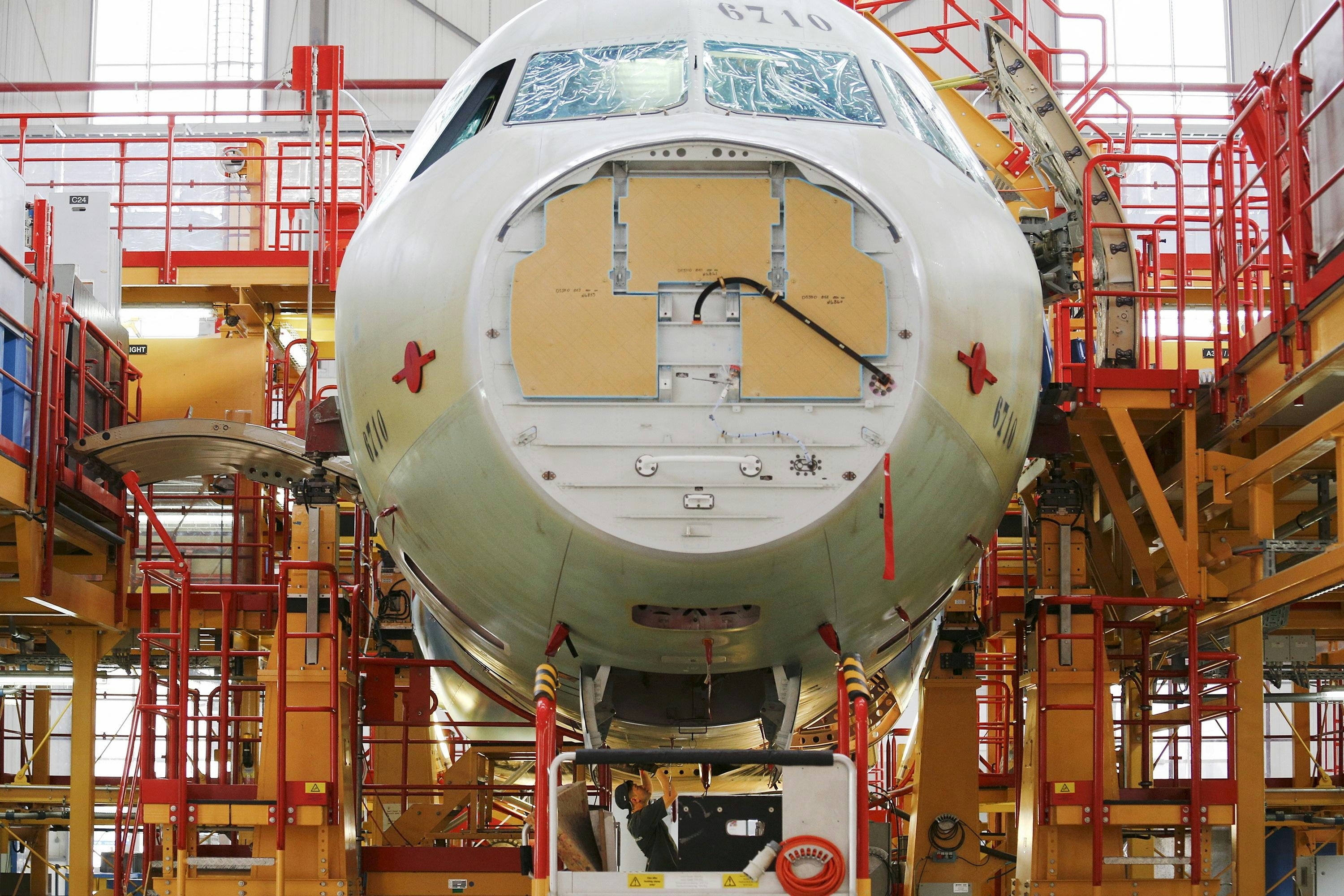
Airbus Faces Year-End Delivery Challenge Despite Major Vietnamese Order
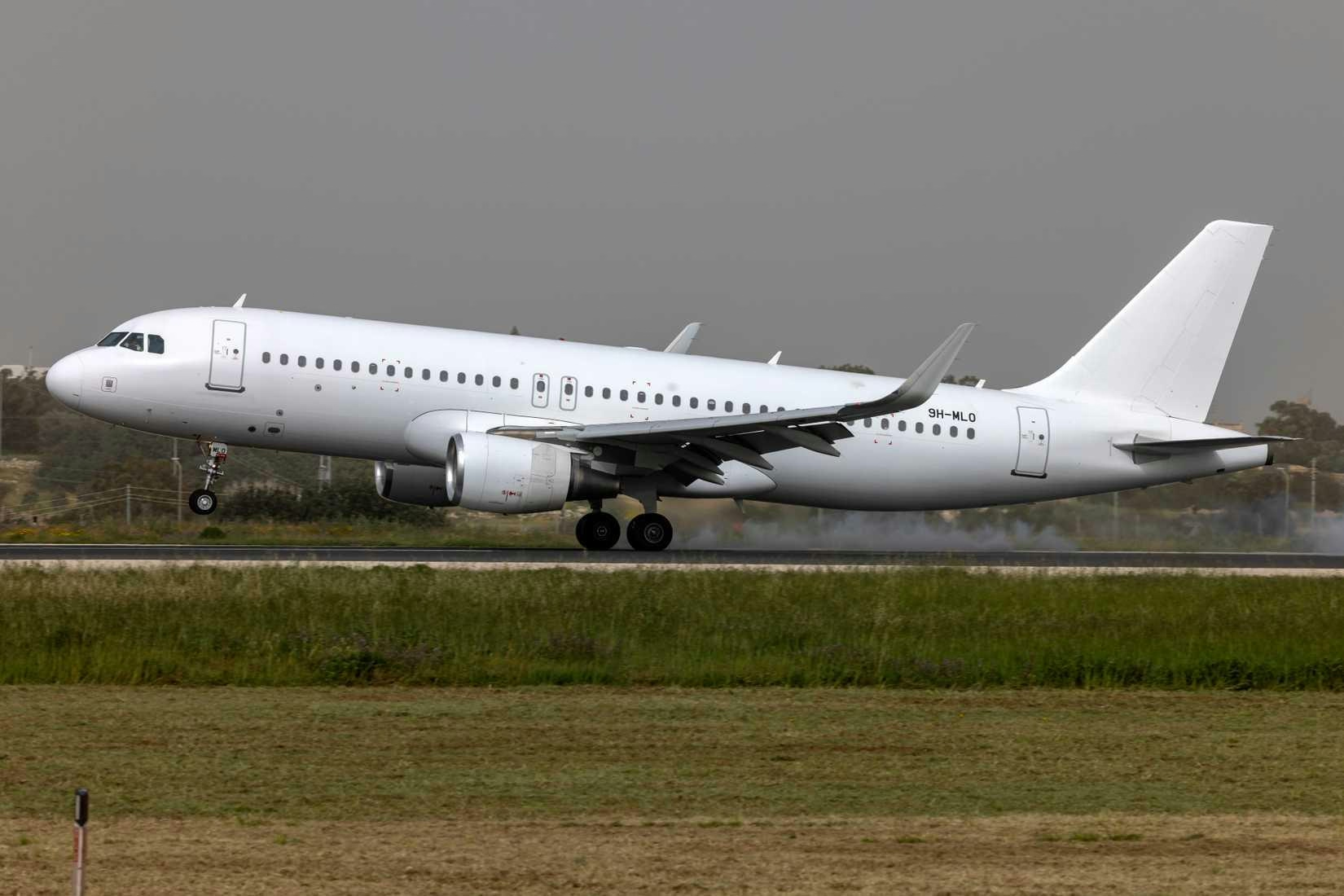
Poland’s LOT Wet-Leases A320 for Tel Aviv Route

Aviation Advances at the Innovation Center
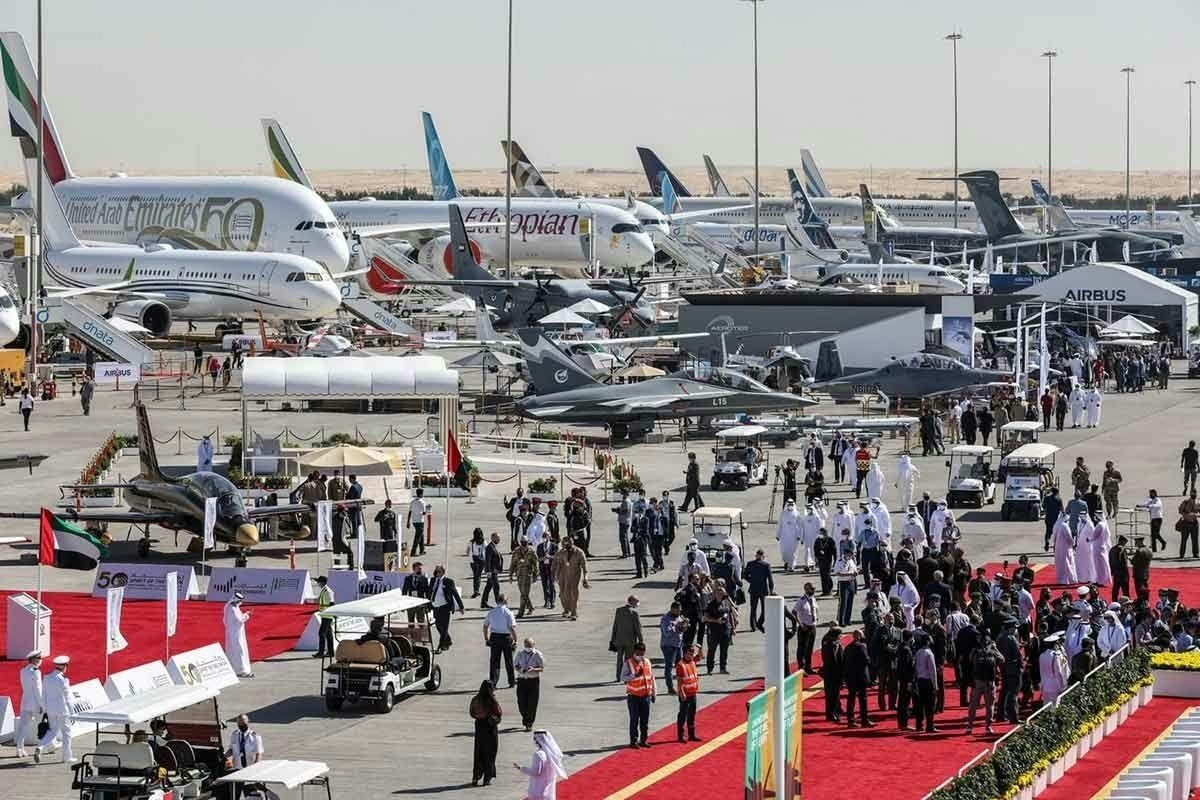
Boeing to Showcase Middle East Partnerships at Dubai Airshow 2025
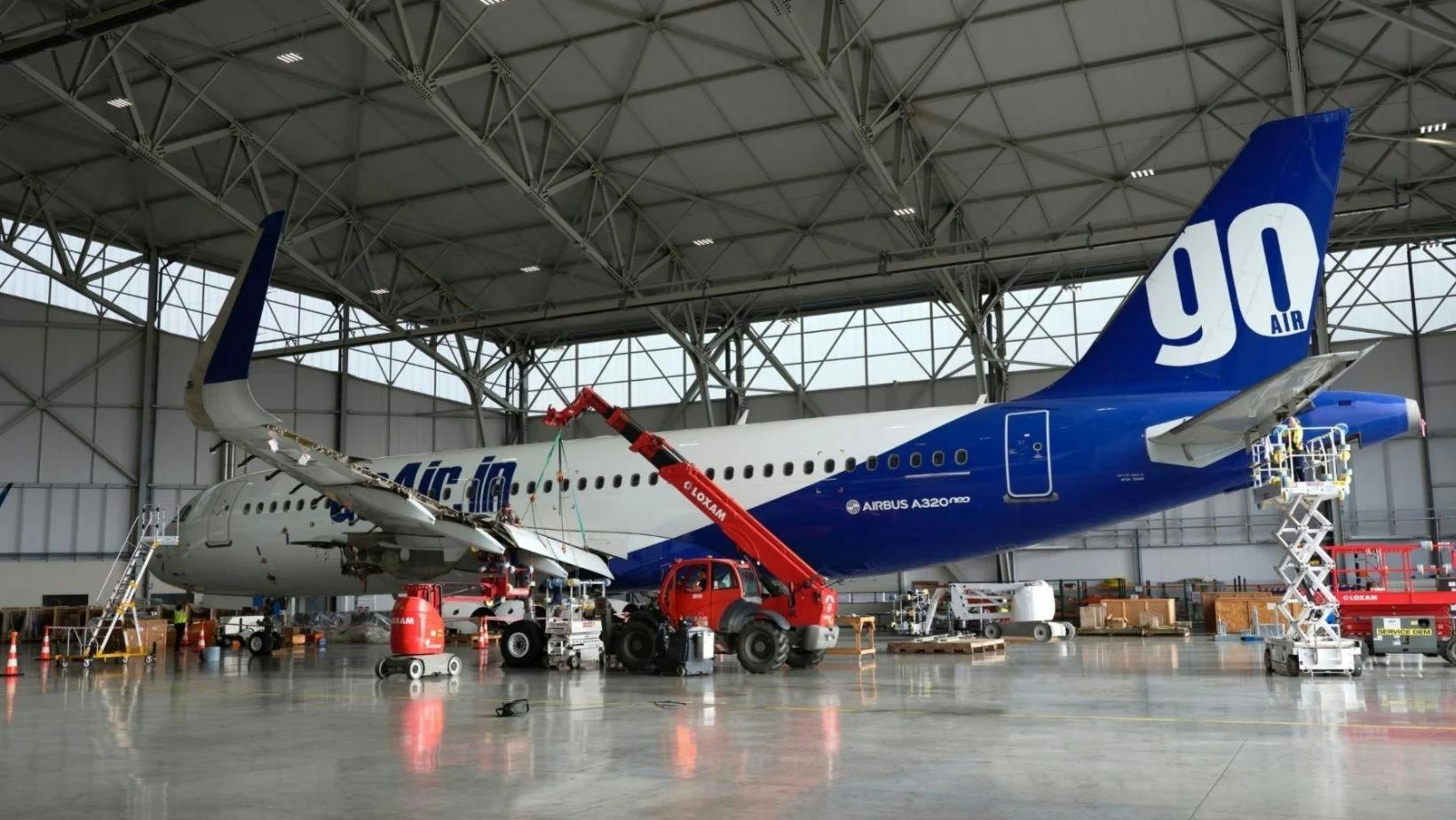
AerFin Completes Transition of Two A320 Aircraft
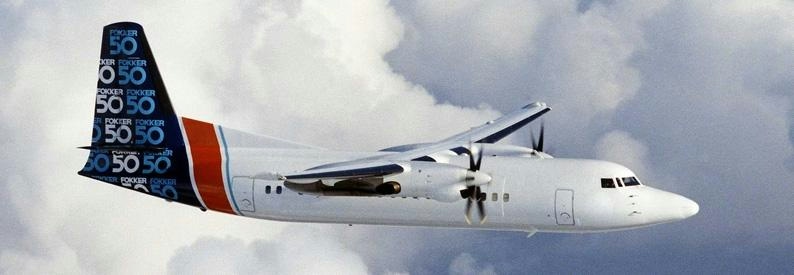
Kenya Bans Import of F27 and F50 Models Over Safety Concerns

SKF Introduces ARCTIC15 Steel for Advanced Aircraft Engines
